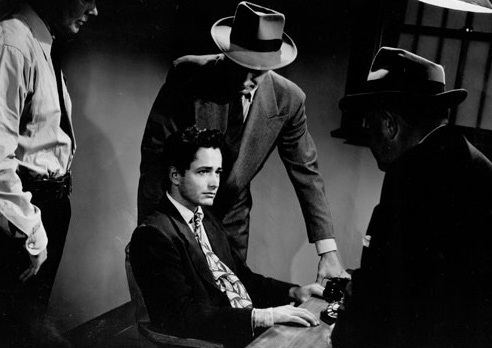 | ||
Third degree interrogation
The third degree is a euphemism for torture ("inflicting of pain, physical or mental, to extract confessions or statements"). In 1931, the Wickersham Commission found that use of the third degree was widespread in the United States. No one knows the origin of the term, but there are several hypotheses. The use of the third degree was technically made illegal after the Wickersham report. However, the interrogation method known as the Reid technique, which is now widely used by law enforcement in the U.S., is seen by many as simply a psychological version of the third degree in that it is equally capable of extracting a false confession through coercion when abused by police.
Contents
Possible origins
References
Third degree (interrogation) Wikipedia(Text) CC BY-SA
